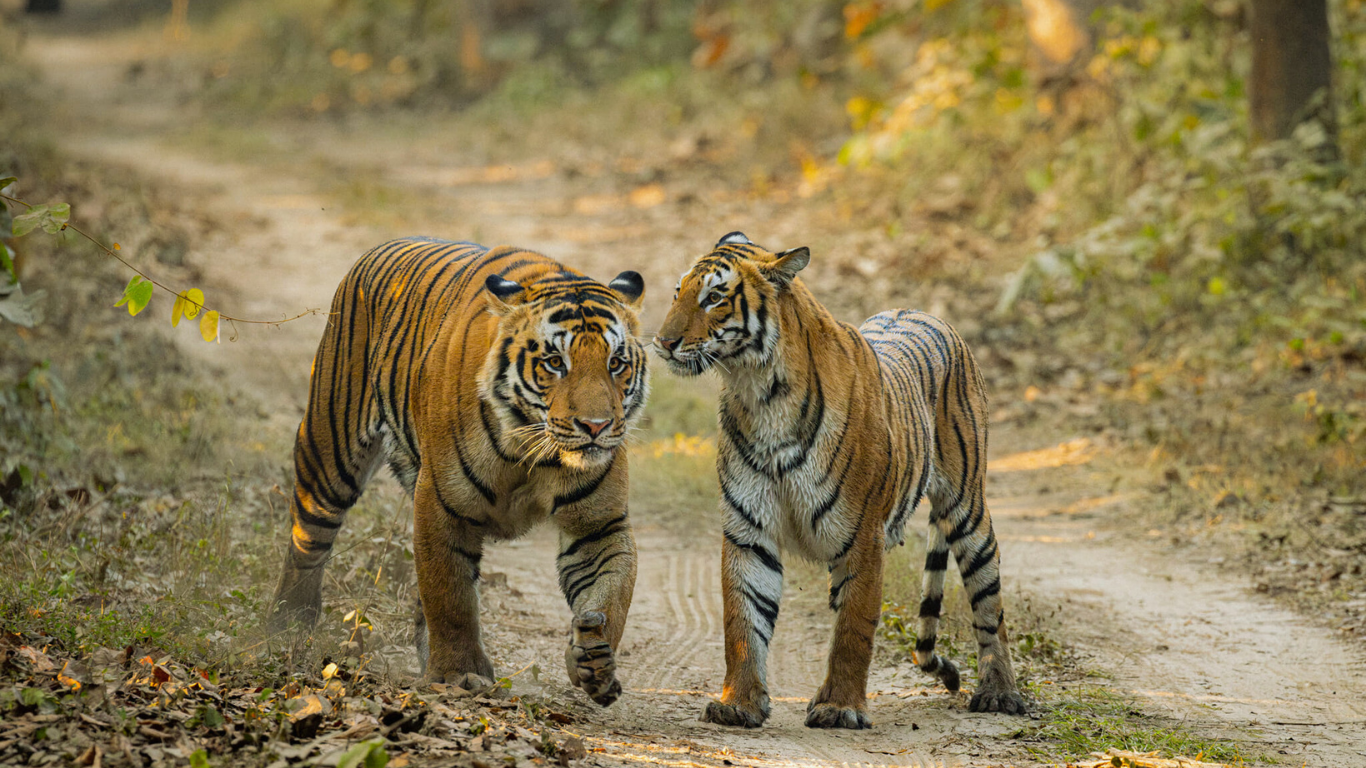
Nestled in the lush Terai region of Uttar Pradesh, Pilibhit Tiger Reserve is a hidden treasure for nature lovers. Spanning over 1,300 square kilometers near the India-Nepal border, this reserve is a vibrant mix of dense forests, grasslands, and wetlands. Home to Bengal tigers, rare birds, and a unique riverside spot called Chuka Beach, it’s a place where the wild feels alive. Pilibhit Tiger Reserve isn’t just about wildlife—it’s a story of conservation, community, and natural beauty. Let’s explore what makes this sanctuary so special.
A Haven for Wildlife
Pilibhit Tiger Reserve is a paradise for animals and those who love them. Its core area, about 600 square kilometers, hosts over 65 Bengal tigers, a number that’s grown from 36 in 2016 due to strong conservation efforts. You might also spot leopards, sloth bears, or swamp deer while on a safari. The reserve’s wetlands attract over 300 bird species, including hornbills and kingfishers, making it a birdwatcher’s dream. The Mala River and its sandy banks, like Chuka Beach, add to the charm. Safaris, available from November to February, offer a thrilling way to see this biodiversity. Book early, as slots are limited, and expect basic facilities like Tharu huts for an authentic stay.
Conservation Efforts and Challenges
Protecting Pilibhit’s wildlife is no small task. The reserve works with local Tharu communities and even Nepal to safeguard animals across borders. Locals serve as guides or help monitor the forest, supporting both nature and their livelihoods. Anti-poaching patrols and habitat restoration have boosted tiger numbers, but challenges remain. Human settlements, illegal logging, and occasional wildlife conflicts create hurdles. Visitors can support conservation by following rules, like staying on marked paths and not littering. Learning about these efforts from a guide adds depth to your visit, showing how every small action helps keep this ecosystem thriving.
Chuka Beach: A Unique Attraction
Chuka Beach, a sandy stretch along the Mala River, is a standout feature of the reserve. It’s not your typical beach but a serene spot surrounded by forests and hills. Perfect for a quiet walk or picnic, it’s also a starting point for safaris. The beach’s calm vibe draws visitors who want to soak in nature’s beauty, with the chance to spot deer or birds nearby. Staying in nearby Tharu huts offers a rustic experience, though amenities are basic. The beach is best visited in winter for pleasant weather. It’s a reminder that Pilibhit is as much about peaceful moments as it is about wild adventures.
Exploring the Reserve: What to Do
There’s no shortage of ways to enjoy Pilibhit Tiger Reserve. Jeep or canter safaris are the main draw, offering a chance to see tigers, leopards, or rare birds up close. Birdwatching is a hit, with species like the Bengal florican stealing the show. Walking trails near Chuka Beach let you take in the scenery, while visits to Tharu villages offer a glimpse into local culture and crafts. Pack binoculars, comfy shoes, and a hat for the best experience. Safaris run from November to June, with winter being ideal. Book online early, and be ready for a bumpy ride—roads here are as wild as the reserve itself.
Why Pilibhit Tiger Reserve Matters
Pilibhit Tiger Reserve is more than a destination; it’s a living example of nature and humanity working together. Its growing tiger population and rich biodiversity show what conservation can achieve. The reserve’s beauty, from Chuka Beach to its dense forests, offers a peaceful escape from busy life. Visiting supports local communities and helps protect this fragile ecosystem. Whether you’re marveling at a tiger’s tracks or listening to the river’s flow, Pilibhit leaves you with a sense of wonder. Plan your trip, respect the rules, and discover a place where the wild still rules.



